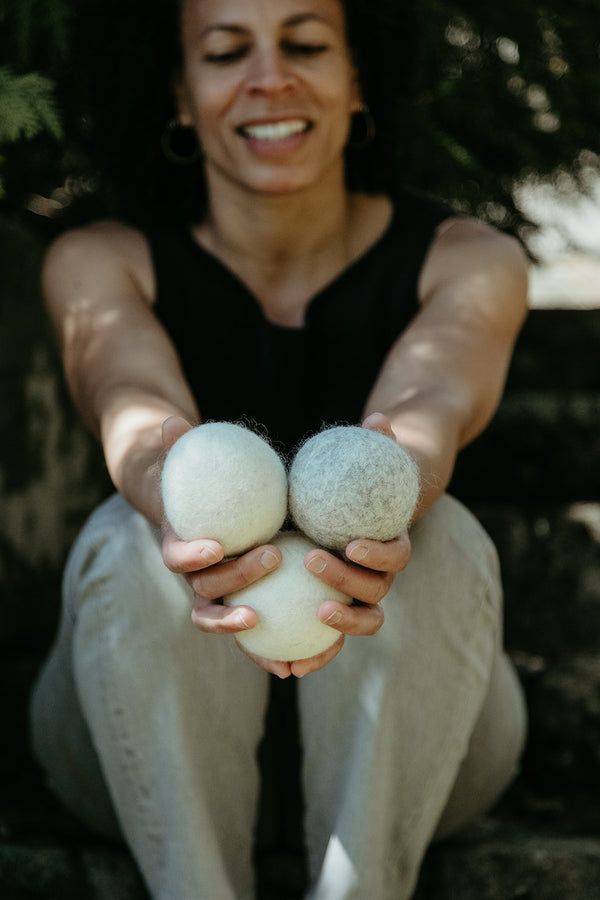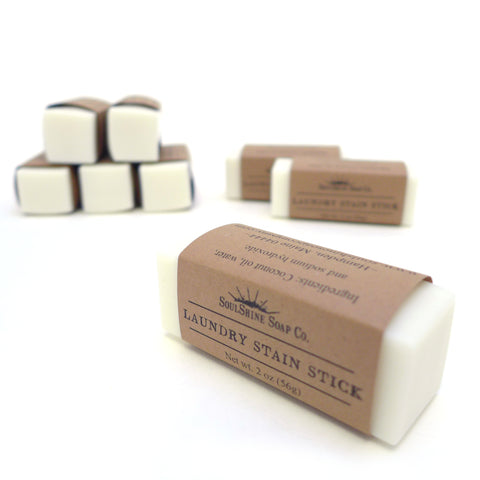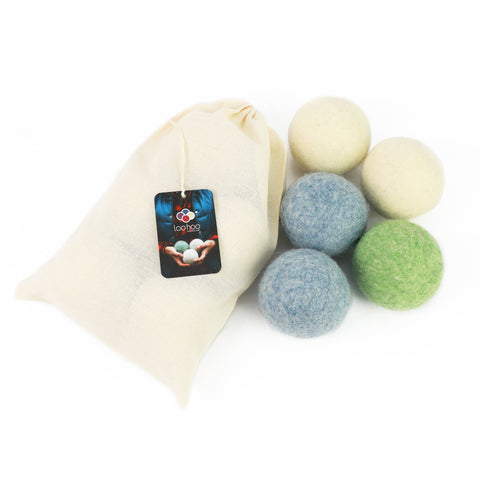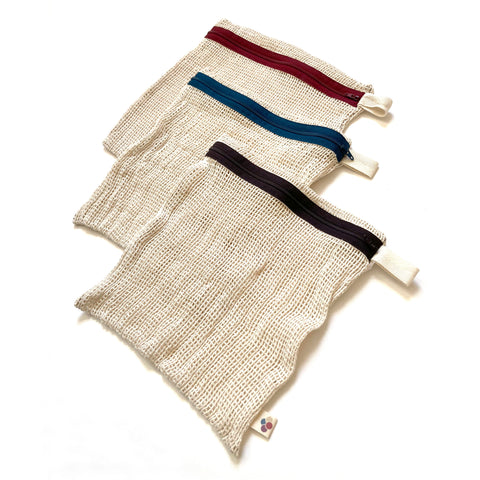Your Cart is Empty
5 Signs You’re Doing Laundry Wrong
September 25, 2024 3 min read

Wash. Dry. Fold and put away. How hard can it be?
Many of us having been doing laundry for decades, having learned the basics at a young age. And while the household chore is pretty basic, some basics can be overlooked. As a result, our clothing and other items can suffer shrinkage, discoloration, rips or tears.
Check out these telltale signs that something is amiss in the laundry room and ways they can be corrected.
Detergent Residue
Whether it’s flakes of white powder or streams of blue liquid, leftover detergent clinging to your laundry is a clear sign that the washing machine was overloaded with items—or detergent.
Overloading machines can cause washers to shake, stepping up the wear and tear on the appliance and increasing energy costs. I typically fill my machine three-quarters with like items. Any more than that and you’re risking the need for a second rinse cycle to remove any remaining detergent.
In addition, excess detergent can fade or stiffen fabrics. Be sure to follow the detergent’s recommended fill line on the measuring cup—some call for just 2 tablespoons—and place powder in the appropriate detergent drawer. More is never better. Liquids go on top of the laundry and pods at the back or bottom of the machine under the load so they break and disperse early in the cycle.
If you’re addressing stains, opt for an effective stain remover instead of extra detergent. When using pods, larger loads may require an extra one so be sure to consult the product label.
Uneven Drying
Launder like items to ensure an even dry cycle. Heavier items like jeans and towels can take up to twice as long to dry so you’ll be overdrying lightweight shirts or shorts when they tumble together.
Experts agree garments don’t need to be washed after every wear but rather after they’ve been worn a few times (jeans can go longer) as long as there are no stains. Towels can be used three or four times before washing. Sheets should be washed once a week.
Discolored Items
Before washing, sort laundry not only by weight but also by color. It’s not uncommon for a laundry newbie to find their white shirts have taken on a new shade of pink when washed with red color-saturated items (same goes with blue, black and any bright color).
If your jeans are the perfect blue for you, retain the color by turning the pair inside out and selecting a cold, gentle cycle and air drying. Hot water and high heat not only fade fabric they shrink laundry items and use more energy.
Damaged Items
To avoid rips and tears, button up all buttons and clasps and zipper all zippers. Buttons are attached to garments with thin strands of thread, and when items are unbuttoned, the thread can become weakened by the agitation of the washer.
Be especially mindful of your settings to avoid damage. Hot water is best for heavily soiled items and cotton while cold water works well for delicates and dark fabrics. Warm water should be used for synthetics like polyester.
Protect delicates by placing them in a mesh laundry bag like LooHoo’s durable wash bags. Prior to washing, empty all pockets—coins, keys, hairclips and more can wreak havoc on fabric. Just think what 20 minutes in a washing machine or dryer would do to a cell phone!
Stains Remain
Once a soiled item is washed and dried, the stain typically sets in. Double check the best stain-remover remedy out there and apply it before you wash—and the sooner the better. For example, to remove wine, saturate clothing with cool water until it can be washed then soak with stain remover; let sit for at least five minutes before washing.
Home remedies also work well. To remove grass stains, mix hydrogen peroxide with a few squirts of dish soap, according to Food52. Soak the stain, let it sit for about 30 minutes, then scrub and rinse in cold water. Add more detergent, scrub and rinse if the stain remains. Vinegar, baking soda, lemon juice, cornstarch and salt are also kitchen staples that can help remove stains.
Related Products
Subscribe
Sign up to get the latest on sales, new releases and more …

Join the LooHoo Community
Sign Up Now to be the first to learn about new products, sales and giveaways.




